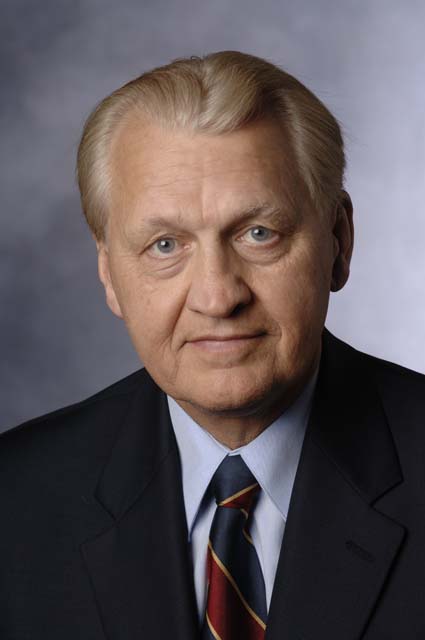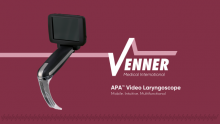
Citation for Dr. John A Pacey MD, FRCSc,
Vascular and General Surgeon (1974 to 2008)
AND Honorary Professor of Anaesthesiology, Pharmacology and
Therapeutics Department, University of British Columbia
Graduated in the upper third of his class, University of British Columbia (UBC) in 1967. During his surgical training, he worked in Vancouver General Hospital. ICU Shock Trauma Team. He was called to the emergency department to treat a patient with cyanide poisoning. Not knowing much about this, like most of us, he consulted the ‘Bible’ of drug treatment, Goodman and Gilman’s Pharmacological Basis of Therapeutics. This suggested the use of a cyanide poisoning kit, which protects haemoglobin by forming meth-haemoglobin (to bind circulating cyanide).
He found that the kit was available, and an early clue to his ‘out of the box thinking ’ was that he also called Dr Bill Trapp, a thoracic surgeon who was head of the West Coast Hyperbaric Chamber, reasoning that hyperbaric oxygen might deliver extra oxygen to the cells. The cyanide kit was administered and the patient rushed to the hyperbaric chamber. The patient regained consciousness immediately with two atmospheres of pressure, and was successfully treated. This proved to be the first recorded use of hyperbaric oxygen for the treatment of cyanide poisoning. (Case Report at the First European Congress on Hyperbaric Medicine in 1983).
He remained in active surgical practice from 1974 to 2008 and Chief of Surgery 1980-82.
His interest in developing the Glidescope was initiated while watching two anesthesiologists struggling to intubate the trachea, on one of his patients. The Glidescope was the first true video laryngoscope, defined as a rigid blade with a digital camera on the blade itself with an on board LED designed and found to be extremely effective in achieving >99% airway views. The first commercial device was sold in October 2001 in Canada. An anaesthetic colleague, Dr Richard Cooper, working at Toronto General Hospital authenticated this clinically, with the first study on 728 patients in 5 centres and involving 133 operators (2004-5). He demonstrated a very high (97%) success with intubation and an improvement of 1- 2 grades in the Cormack- Lehane view.
The international acceptance of this device inevitably followed, and ‘Glidescope Jack’, spent a great deal of time and effort in teaching and training on its effective use to aneaesthetists, airway management experts, paramedical and armed forces personnel, around the world. A tribute to his dedication and stamina!
Jack, in collaboration with his friend, Mr Awni Ayoubi, set up a company, Saturn Biomedical Systems in late 2001 to promote the Glidescope, and once again he was quick to adapt to yet another discipline—company management. Not surprisingly, he learned very quickly, and when the company was eventually sold on, he was retained as President of the purchasing company (Verathon).Jack is charming, and, a very friendly and approachable person. He is always keen to teach, whether it be in the use of the Glidescope, or the 20 or more special adaptations of his invention, adapted for use by emergency, paramedics,military personnel etc. ,or ,on how to develop one’s ideas and inventions.
He has also been very supportive and generous to those in countries, which have limited financial resources. He has a few more surgical inventions he is currently developing and we await their launch. We have known and thoroughly enjoyed Jack’s company for more than a decade, as have innumerable anaesthetic colleagues around the world. Jack thoroughly deserves the DAS Macewen Medal for his truly outstanding contribution to airway management worldwide.
Chandy Verghese
Richard Cooper
Category:
Tags:
das medal 